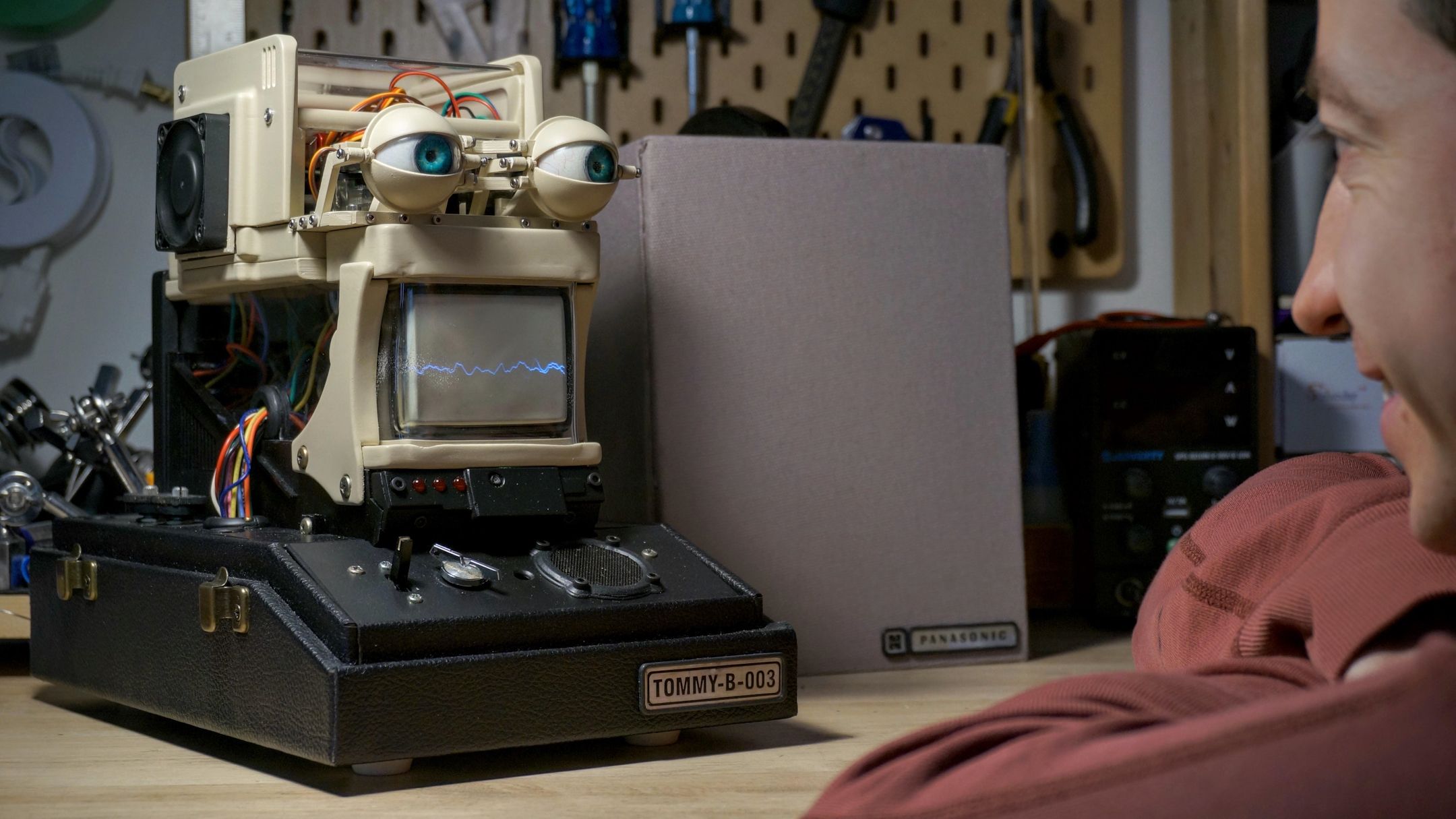Robots
Recent Articles
Sort Options:

Video Friday: Skyfall Takes on Mars With Swarm Helicopter Concept
IEEE Spectrum's latest Video Friday showcases innovative robotics, including AeroVironment's Skyfall concept for Mars exploration and various cutting-edge robots like the bipedal Walker S2 and the versatile FlashBot Max for in-building deliveries. Exciting advancements await!

Video Friday: Cyborg Beetles May Speed Disaster Response One Day
IEEE Spectrum's latest Video Friday showcases innovative robotics advancements, including beetles aiding search and rescue, humanoid robots, and exoskeletons enhancing mobility. Upcoming robotics events are also highlighted, inviting contributions from the community for future inclusions.

Video Friday: Jet-Powered Humanoid Robot Lifts Off
IEEE Spectrum's latest Video Friday showcases groundbreaking robotics innovations, including a jet-powered humanoid robot's successful vertical takeoff and the introduction of SCUTTLE, a versatile multilegged platform. The article also highlights upcoming robotics events and advancements in AI-driven robotic capabilities.

Realbotix
The article explores the development of hyper-realistic AI humanoids designed for seamless human interaction, highlighting their potential to revolutionize communication and engagement in various sectors, from customer service to entertainment, while raising important ethical considerations.

Someone used a Raspberry Pi to create the robot of their childhood dreams, complete with creepy eyeballs
A recent article critiques modern robots, lamenting the gap between 80s and 90s expectations of humanoid machines and today's reality of mundane chatbots. The authors express disappointment over the lack of innovation in robotic technology.

Video Friday: AI Model Gives Neo Robot Autonomy
IEEE Spectrum's latest Video Friday showcases groundbreaking robotics innovations, including 1X's Redwood AI model and Pudu Robotics' milestone of 100,000 units. The article also highlights upcoming robotics events and features engaging videos on humanoid robots and autonomous systems.